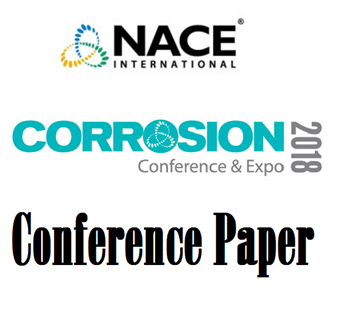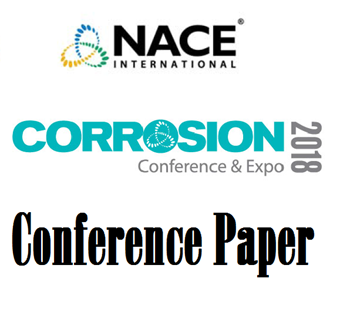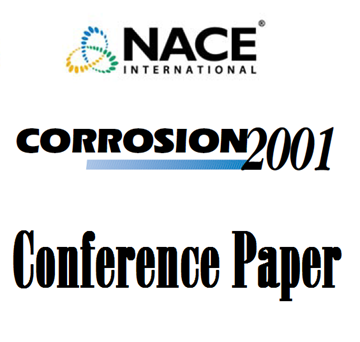Search
51318-11532-New Eco-Friendly Chemistry for Passivation of Galvanized Coatings
Also Purchased
51318-11533-Blistering Mechanism of High Tg Temperature FBE Coatings
Product Number:
51318-11533-SG
Publication Date:
2018
$20.00
51318-11526-Development and characterization of electroless Ni-P-superparamagnetic Fe3O4 nanocomposite coatings
Product Number:
51318-11526-SG
Publication Date:
2018
$20.00
01428 INSPECTION OF HOT DIP GALVANIZED ARTICLES
Product Number:
51300-01428-SG
ISBN:
01428 2001 CP
Publication Date:
2000
$20.00




